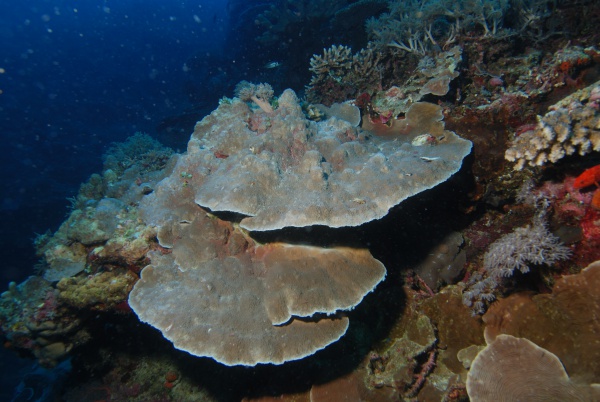Facts About Montipora
Montipora is a captivating genus of Scleractinian corals within the phylum Cnidaria, comprising 85 identified species. This makes it the second most diverse coral genus, following Acropora. Montipora corals exhibit a variety of morphological forms, including submassive, laminar, foliaceous, encrusting, and branching structures. They also showcase a broad spectrum of colors, with some species displaying a mottled appearance.
A defining characteristic of Montipora corals is their small corallites and porous coenosteum and corallite walls, contributing to their intricate structures. Although often mistaken for Porites corals, they can be differentiated by closely examining their corallite structure. Montipora corals are predominantly found in the Red Sea, the western Indian Ocean, and the southern Pacific Ocean; notably, they are absent from the Atlantic Ocean.
Ecologically, Montipora corals are hermaphroditic broadcast spawners, releasing eggs and sperm into the water column, typically in the spring. They face threats from corallivorous fish and various parasites, both internal and external. Additionally, Montipora corals are susceptible to environmental stresses such as pollution, sedimentation, algal overgrowth, and competition from other marine organisms.
From an evolutionary standpoint, a 2007 study revealed that Montipora forms a closely related group with the genus Anacropora, indicating a recent evolutionary link between them. One particularly intriguing trait of Montipora corals is the direct transmission of zooxanthellae (symbiotic algae) in their eggs, enhancing their resilience.

 India
India